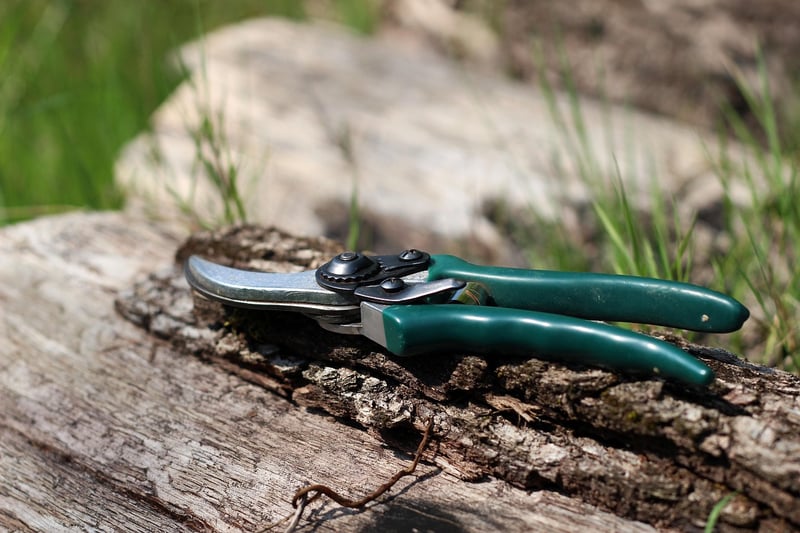Seasonal Pruning
Essential Plant Maintenance and Seasonal Pruning Guide
Plants are not only beautiful additions to our living spaces but also require regular care and maintenance to thrive. In this guide, we will explore essential plant maintenance practices and the importance of seasonal pruning to keep your plants healthy and vibrant throughout the year.
Essential Plant Maintenance Tips
Proper plant maintenance is crucial for the overall health and longevity of your plants. Here are some essential tips to help you care for your green companions:
- Watering: Ensure your plants receive the right amount of water based on their species and individual needs. Overwatering or underwatering can harm your plants.
- Light: Place your plants in locations that provide adequate light levels according to their specific light requirements.
- Fertilizing: Feed your plants with appropriate fertilizers to promote healthy growth and blooming.
- Pruning: Regularly trim dead or overgrown parts of your plants to encourage new growth and maintain their shape.
- Cleaning: Keep your plants clean by gently wiping their leaves with a damp cloth to remove dust and pests.
The Importance of Seasonal Pruning
Pruning is an essential practice that helps plants thrive by removing dead, damaged, or diseased branches. It also promotes new growth and enhances the overall appearance of your plants. Here are some key benefits of seasonal pruning:
- Stimulates Growth: Pruning encourages plants to produce new shoots and flowers, leading to a healthier and more robust plant.
- Improves Air Circulation: Removing excess foliage allows better air circulation, reducing the risk of disease and pest infestations.
- Shapes Plants: Pruning helps maintain the shape and structure of your plants, keeping them aesthetically pleasing.
- Controls Size: Regular pruning prevents plants from becoming overgrown, ensuring they fit their designated space.
Seasonal Pruning Guide
While the specific timing and methods of pruning can vary depending on the plant species, here are some general guidelines for seasonal pruning:
Spring:
Trim winter-damaged branches, shape shrubs after the dormant season, and prune summer-flowering plants to encourage new growth.
Summer:
Deadhead flowers, remove overcrowded growth, and trim hedges to maintain their shape during the growing season.
Fall:
Trim back perennials, remove diseased foliage, and prepare plants for the winter months by pruning lightly.
Winter:
Focus on structural pruning, removing any damaged or crossing branches to improve plant health and appearance.
By following these seasonal pruning practices, you can ensure your plants remain healthy and vibrant year-round.

Remember, proper plant maintenance and seasonal pruning are key to the well-being of your green companions. By dedicating time and effort to care for your plants, you can enjoy a lush and thriving indoor or outdoor garden.
Happy gardening!
